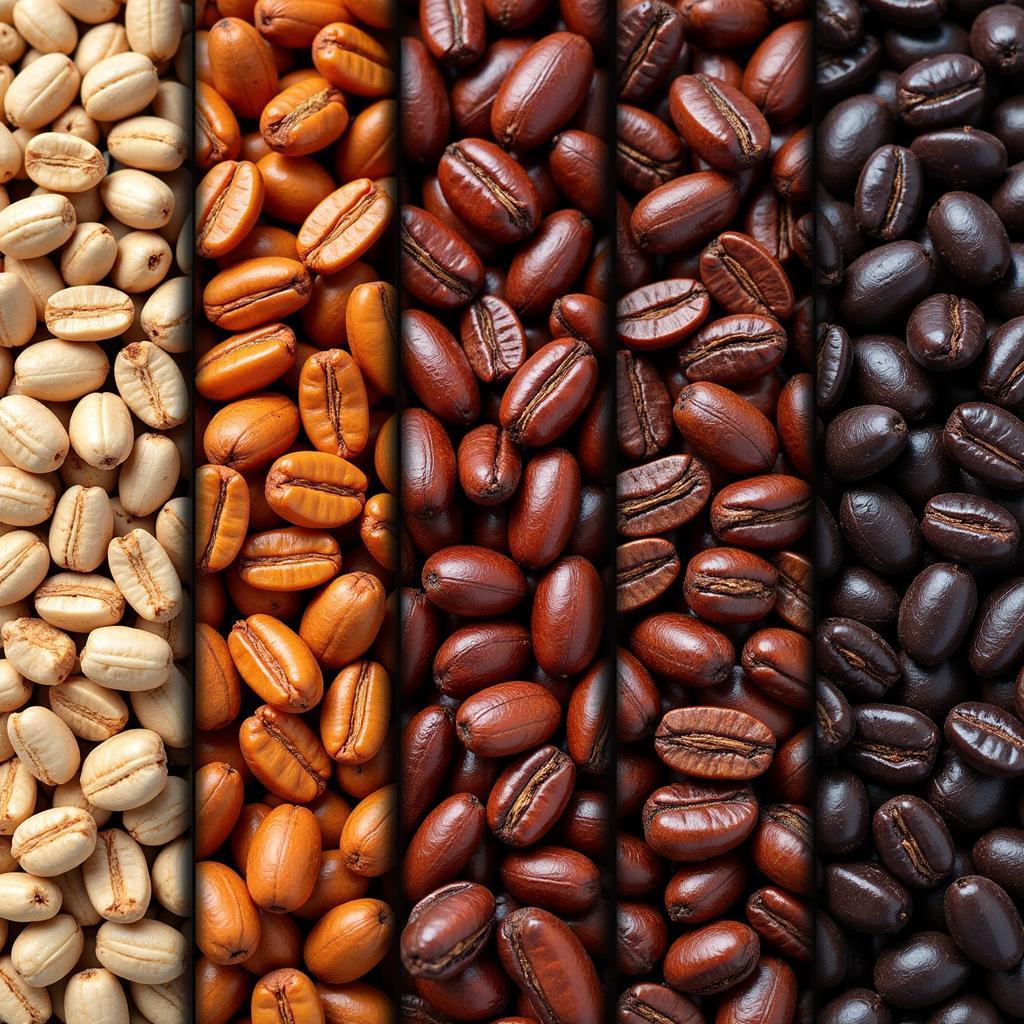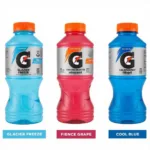Cocoa evokes warmth, comfort, and indulgence. But pinning down the exact color of cocoa can be surprisingly complex. It’s not just one shade; it’s a spectrum of rich browns, influenced by the type of cocoa bean, the roasting process, and even the addition of other ingredients. Let’s dive into the delicious world of cocoa and explore its diverse color palette.
Decoding the Shades of Cocoa
The color of cocoa ranges from a light, reddish-brown, reminiscent of milk chocolate, to a deep, almost black-brown, like dark chocolate. The variety of cocoa bean plays a crucial role. Forastero beans, the most common type, tend to produce a more reddish-brown cocoa. Criollo beans, known for their delicate flavor, yield a lighter, more golden-brown hue. Trinitario beans, a hybrid of the two, offer a range of colors in between.
Roasting also impacts the final color. The longer the beans are roasted, the darker the cocoa becomes. This is because the heat caramelizes the sugars in the beans, deepening their color and intensifying their flavor. The addition of milk or sugar can also lighten the shade, resulting in the familiar milk chocolate brown.
 Cocoa Beans at Various Roasting Levels
Cocoa Beans at Various Roasting Levels
Is Cocoa Brown the Same as Chocolate Brown?
While often used interchangeably, cocoa brown and chocolate brown are not necessarily identical. Cocoa brown typically refers to the color of pure cocoa powder, which tends to be a slightly more muted, earthy brown. Chocolate brown, on the other hand, can encompass a wider range of shades, including the richer, glossier browns associated with chocolate bars and other confectionery. The presence of milk, sugar, and other ingredients in chocolate contributes to these variations. Think of it this way: cocoa brown is the foundation, while chocolate brown is the finished product, which can be customized with various additions. Similar to how you can color white chocolate to achieve a desired shade, the same principles apply to achieving different chocolate brown tones.
Using Cocoa Brown in Design
Cocoa brown is a versatile color in interior design and fashion. It’s a warm, inviting neutral that pairs well with a variety of other colors. For a sophisticated look, combine cocoa brown with cream, beige, or other earthy tones. For a bolder statement, pair it with brighter colors like turquoise, coral, or mustard yellow. Cocoa brown can be used for walls, furniture, textiles, and accessories, adding a touch of richness and depth to any space. Just as you consider how much red food coloring for red velvet cake, the intensity of cocoa brown in a room requires careful consideration to achieve the desired aesthetic.
 Cocoa Brown Interior Design Palette
Cocoa Brown Interior Design Palette
What Colors Go Well with Cocoa Brown?
Cocoa brown’s versatility extends to its compatibility with a wide range of colors. From calming neutrals to vibrant accents, cocoa brown can create a diverse array of moods and styles. Cream, beige, and ivory create a sophisticated and calming atmosphere, while brighter hues like turquoise or coral add a pop of energy. For a natural and earthy feel, pair cocoa brown with greens and other natural tones. If you’re curious about what color goes with cocoa brown in other contexts, such as fashion or food, the principles of color harmony remain the same. Exploring these combinations can open up a world of creative possibilities. Similar to the way different colors complement Oreos, cocoa brown can be enhanced and balanced by thoughtful color pairings.
From Bean to Pigment: The Journey of Cocoa Color
The color we associate with cocoa isn’t just a result of nature; it’s a product of a complex process. From the moment the cocoa beans are harvested to the final product, various factors influence their color. The type of bean, the fermentation process, the roasting time, and the addition of other ingredients all contribute to the final hue. This journey from bean to pigment is a testament to the artistry and science behind creating the rich, inviting colors we love. Just as you carefully consider the process of coloring white chocolate or using gel food coloring in candy melts, achieving the desired cocoa color involves a delicate balance of factors.
Conclusion
So, What Color Is Cocoa? It’s a spectrum of beautiful browns, each shade telling a story of its origin, processing, and ingredients. Whether you’re a designer, a food enthusiast, or simply curious about the world around you, understanding the nuances of cocoa color can add a new dimension to your appreciation of this beloved ingredient.
FAQ
- What is the most common shade of cocoa? The most common shade is a medium reddish-brown.
- What makes cocoa darker? Longer roasting times result in darker cocoa.
- Can cocoa be a light brown? Yes, certain beans and the addition of milk can create lighter shades.
- What colors complement cocoa brown? Cream, beige, turquoise, coral, and greens all work well.
- How is cocoa brown used in design? It’s a versatile neutral for walls, furniture, and textiles.
- What’s the difference between cocoa brown and chocolate brown? Cocoa brown is more muted, while chocolate brown can be richer and glossier.
- How does the type of cocoa bean affect the color? Different beans have different natural color profiles.
Need help with your color choices? Contact us at Phone Number: 0373298888, Email: [email protected] or visit us at 86 Cau Giay, Hanoi. We have a 24/7 customer service team.

